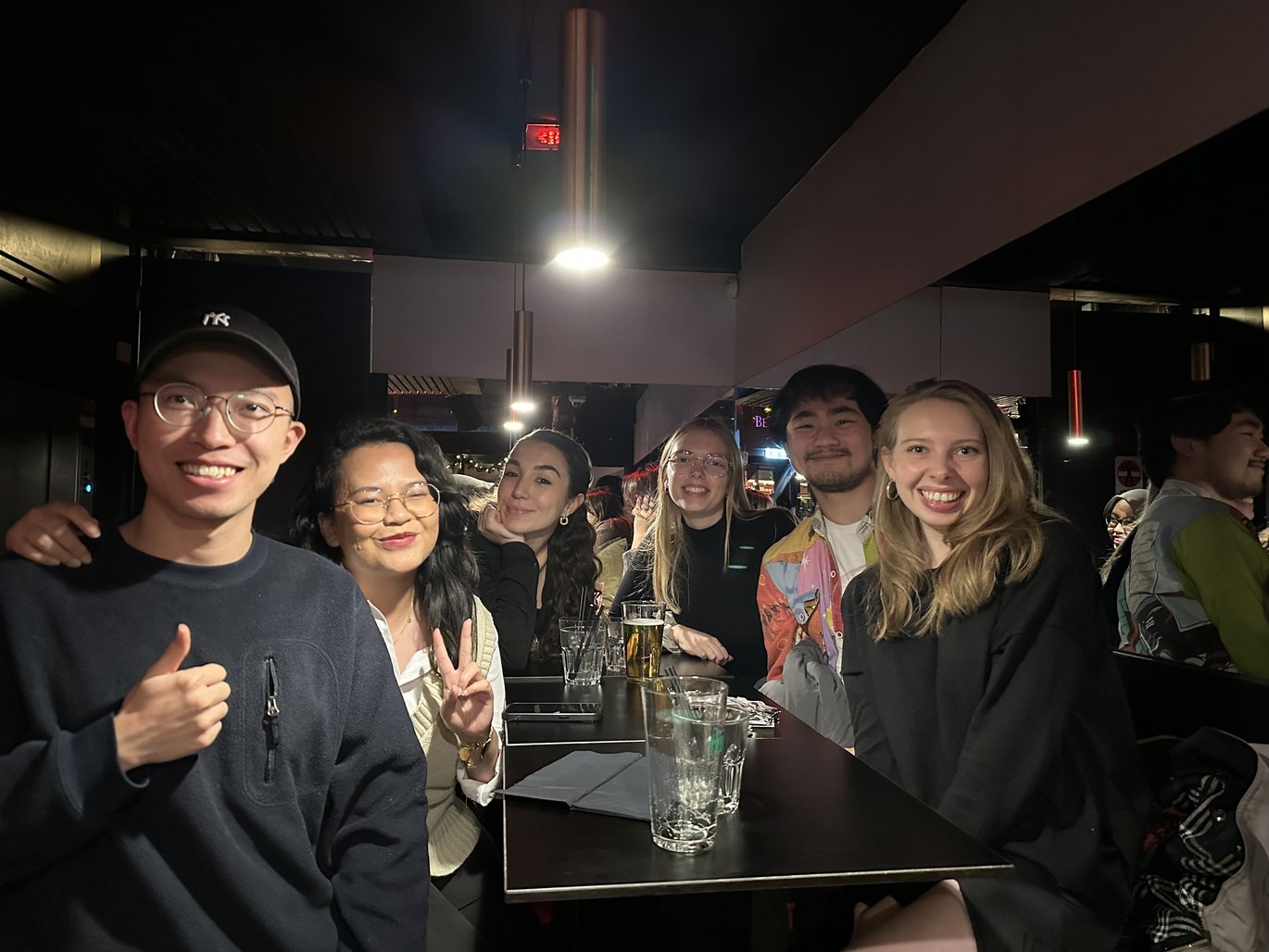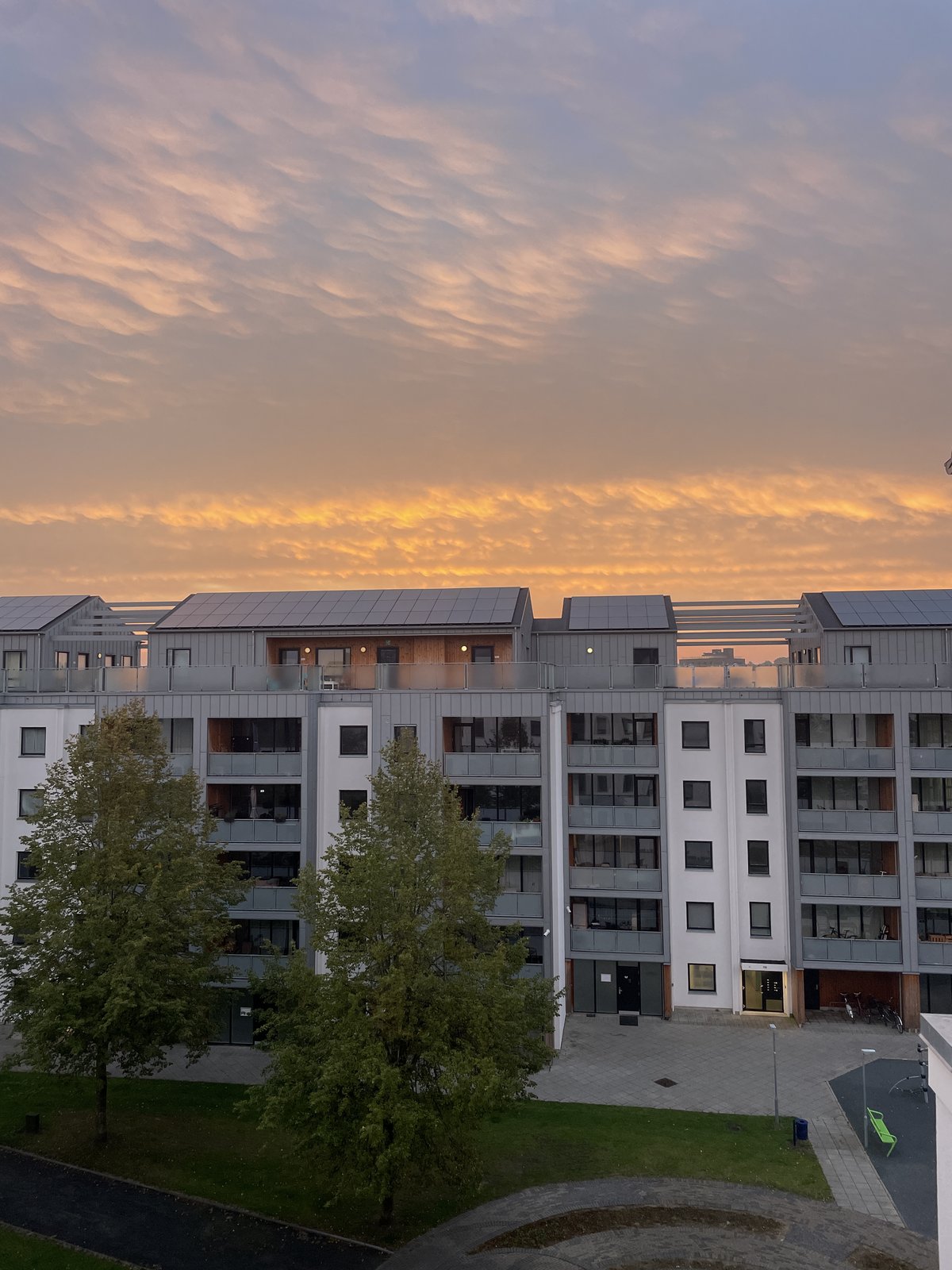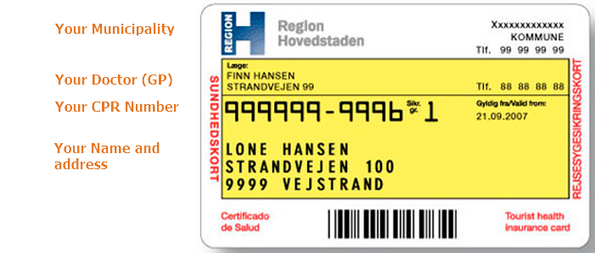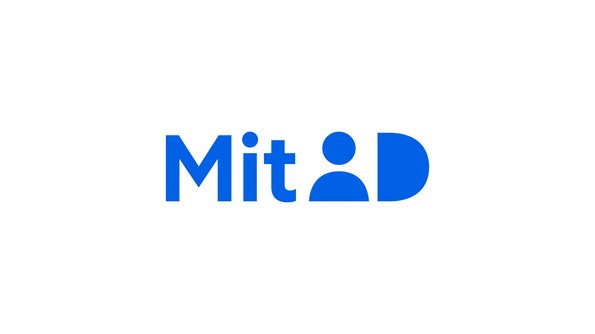From Application to Arrival - Moving to Denmark as a Non-EU/EEA Student
So, you’ve applied to Aarhus University (AU) and will hopefully be accepted soon. Now what? Here’s a timeline of all the steps I had to take to go from receiving my letter of acceptance to stepping foot on campus as a student in 2023.

*Disclaimer: The rules and regulations may have changed since this post was written, so always check with Ny I Danmark and international.au.dk for the most up-to-date info on becoming an international student in Denmark.
My journey through the wonderful world of Danish bureaucracy didn’t start until after I was accepted into my program, masters in intercultural studies, in March 2023. This wasn’t because I couldn’t do anything, but more because I didn’t know what I could do. So, when I received my acceptance letter, it was game on! Suddenly, I had to secure housing, submit my application for a student residence permit (along with my husband’s application as an accompanying family member), visit one of only five VFS Global offices in the entire US to get my biometrics taken, and then wait for approval and pray we would receive our residence permits in time for school.
Housing
After much research, I learned about Student Housing Aarhus, a service open to all students living in Aarhus that combines every available student-housing option with one website. Simply put, you create a wish list of places you would like to live and as soon as one of those places has an opening, they send out offers for the same accommodation to multiple people. The person with the highest seniority gets first dibs in accepting or declining the offer, and if they decline then it goes to the next person. You can apply for housing up to 6 months prior to your program starting and the longer you are on the waiting list, the higher your seniority gets. You only have 3 chances to accept an offer, though. So, if you decline 3 times, they revoke your application for housing completely. For my husband, Erik, and I, we were lucky enough to get higher priority for 2-room apartments because we are two people, so we received an offer in early May and accepted it the following day.
For more information on finding housing in Denmark, check out our post How to Find Housing in Aarhus
Another option I had considered was AU Housing, which prioritizes non-EU/EEA students, but we loved the location of the offer we were given from Student Housing Aarhus, so we went with that option. You can learn about all the housing options available in Aarhus here.

Applying for our residence permits
When I was studying my bachelors, I went to France for a semester on exchange and I received very little assistance in terms of information of what all I needed to do to receive my visa on time. This made for an extremely stressful process. Denmark already had a leg up on that experience because AU filled out the first half of my residence permit application for me (processed as soon as they had received my first semester’s tuition). That made it nice because then all I had to do was wait for them to send the application to me and I would fill out the rest, pay the fee, and submit the form. That part of the process was quite simple and headache-free. Even Erik’s application was simple, much simpler than mine, in fact. He didn’t have to give his education history or work history, but simply had to state with whom he was applying for residency. Great! The fee was hefty but worth it. Around that time, AU had also arranged a webinar with SIRI, which was very helpful and informative regarding all things 'Danish Residence Permit'.
Biometrics
The next step was to get our biometrics taken, which was where this process turned stressful. You’re supposed to get your biometrics taken within 14 days after submitting your application, but because of our work schedules and the distance between us and any of the VFS Global offices (all a plane ride away), it wasn’t feasible. So, we contacted SIRI via Ny I Danmark’s contact form and checked to make sure our applications wouldn’t be revoked because we couldn’t meet the deadline. After receiving a reply in our favor, I submitted our forms and then made an appointment for July, which was 1.5 months away (the earliest available), and then we waited. When our appointment finally arrived, we took every piece of documentation we could possibly need, despite being told we only needed our appointment confirmation letter and were met with a separate application to fill out and two additional fees we were unaware of. It was a good thing we had brought our extra documents because they needed every single one. Then, the two-month waiting period began.
Important: The processing period doesn’t begin until your biometrics and all other required documents are received. So the earlier you make your appointment, the better and less stressed you'll be.
At that point, we had to come to terms with the fact that we would be entering Denmark on a tourist visa and praying we’d receive our residence permits before that 90-day period was up.
Applying for a CPR number and MitID
The final step, which every international must take, was to apply for our CPR numbers (aka the Danish social security number). This entitles you to EVERYTHING. A bank account, a job, a phone plan, health insurance, etc.. This part was the final, but most crucial, step and could only be taken once we had received our residence permits, which didn’t arrive until late-September. AU reserves timeslots at DOKK1 for incoming internationals and sends out a link via email for you to sign up to get your CPR number, but because our residence permits were so late we had to book our own appointments. Erik would've had to book his separately as a non-student, anyway, so it wasn't much of a hassle for me to also book mine alongside his. However, the process was quite simple so I wouldn't worry too much if you aren't able to attend one of the university's reserved timeslots. Once we finally got our appointments and CPR numbers, we were entitled to health insurance, could open our bank accounts, activate our MitIDs (another thing you can’t operate in society without), and finally begin integrating into life here in Denmark.


What’s the moral of this story?
As stressful as moving to a new country can be, the pros almost always outweigh the cons. Sure, I could’ve lived without the constant roadblocks in our way, but now being on the other side of it all and knowing that we have everything we need to live happily in Denmark, I can honestly say that it was worth it.
So here are the takeaways I want you to have:
- Always be prepared for the worst and keep your expectations low when dealing with any type of bureaucracy.
- Give yourself and all those involved plenty of time to process everything.
- Utilize your resources such as Aarhus University’s and Ny I Danmark’s websites – they’re VERY helpful.
- Know that it will all work out and you won’t regret your decision to take a leap of faith by doing something brave, something many people dream of doing but never get to.
